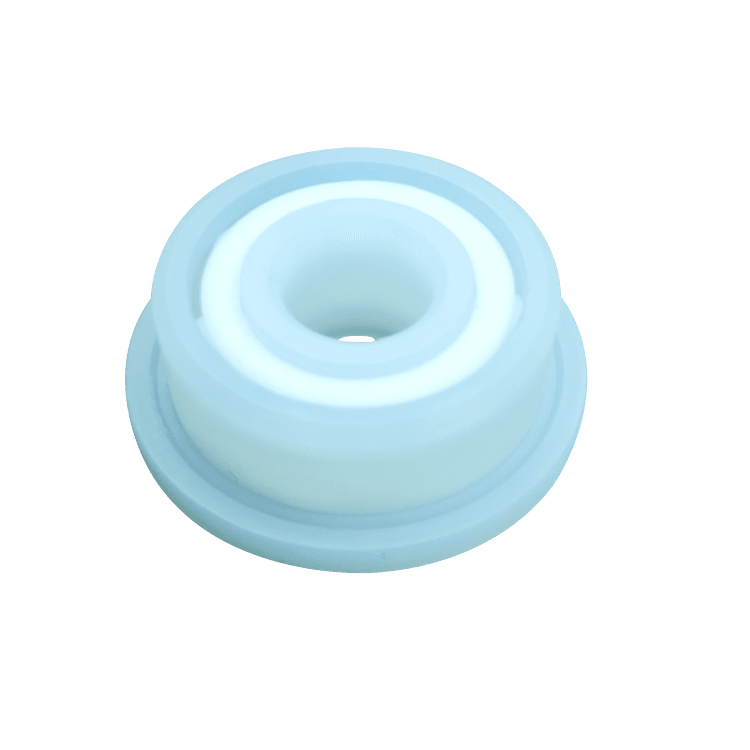Welcome to Tarso, professional special bearing manufacturer
A rolling bearing is also known as a rolling element be […]
A rolling bearing is also known as a rolling element bearing. The rolling elements carry a load by moving between two bearing rings. They are surrounded by a ring and a sleeve. This relative motion causes the elements to roll smoothly with minimal sliding. The radial distance between these rings is small, allowing the elements to roll with little resistance. As a result, the rolling bearing is the most popular type of rolling element bearing.
A roll-on bearing is not designed to have a very large volume. In fact, the amount of oil in the rolling element must be kept to a minimum. The higher the number of balls, the larger the bearing should be. But a small gap can cause significant wear. Therefore, a proper roller bearing must be large enough to support the weight of the rollers. This should also allow the rotor to rotate freely.
Unlike a traditional ball-and-socket bearing, a radial roller bearing can carry a large amount of weight. Because of this, it is also possible to install a sleeve on top of a cylindrical roller bearing. However, these types of rollers are not suitable for use on high-speeds. They are designed for a lower-speed operation, making them more susceptible to shocks.
The lubrication level of a roller bearing varies depending on the type of material used in it. A roller bearing is typically oil-lubricated. Its performance largely depends on the lubrication. A seal is necessary to avoid the wear of a bearing. Whether the rollers are oil-lubricated or grease-lubricated, they must be kept free from dirt and debris.

A typical ball bearing is composed of an inner raceway and an outer raceway. A full-complement bearing is made up of spherical elements separated by a carrier. In contrast, a fully self-aligned ball bearing is self-aligned, which means it can accommodate a large misalignment. If it isn't, then it is a spherical-element bearing.
A rotary element consists of a cylindrical cylinder filled with thin rollers. It is a type of rotary bearing that is used in a variety of applications, including in robotics, medical equipment, and a wide range of other products. Its low sectional height and large load capacity makes it ideal for space-saving applications. In addition, a needle roller bearing is also a space-saving device.
A self-aligning roller bearing is the most efficient option for industrial machines, as it requires no extra space and requires no additional bearing. It can handle heavy radial loads and high-speed movements, so it is ideal for machines with flexible shafts. A self-aligning roller bearing is a highly versatile type of mechanical gear. These types of bearings can also be used for a variety of applications.
As a result, the roller bearing can handle high radial and axial loads. A roller bearing can handle both axial and radial load. They can accommodate very small or large radial loads, which makes them a popular choice for small-diameter machines. It is a highly versatile bearing, and enables it to accommodate a wide range of a wide variety of applications. There are a variety of types of rolling elements.
A rolling element bearing can carry a large amount of load. A typical ROLLER is a device that contains a series of ribs. These ribs are connected by a roller. A ball bearing is a simple form of a ball. While a roller ring is more common, the cross ring is a specialized type of rolling-element. This type is ideal for handling heavy loads.